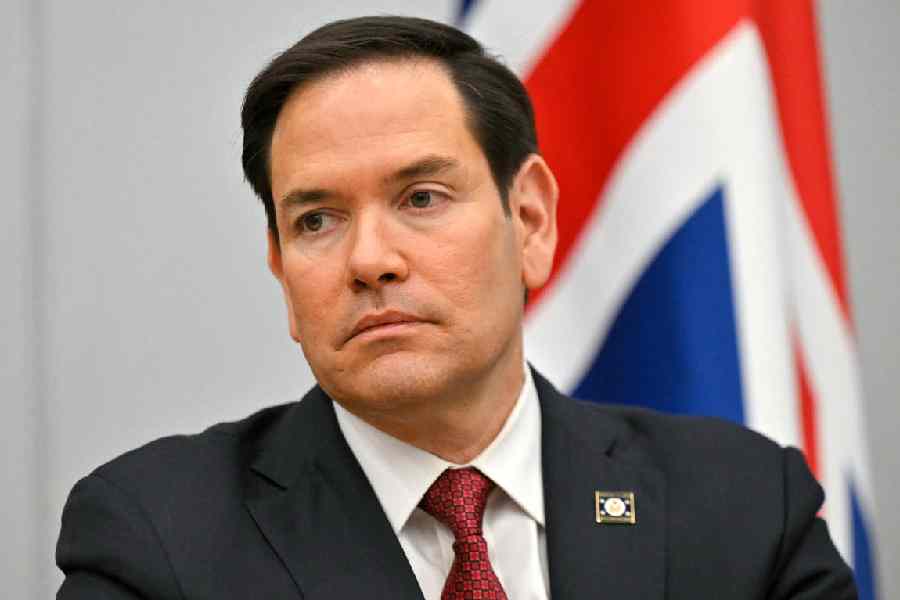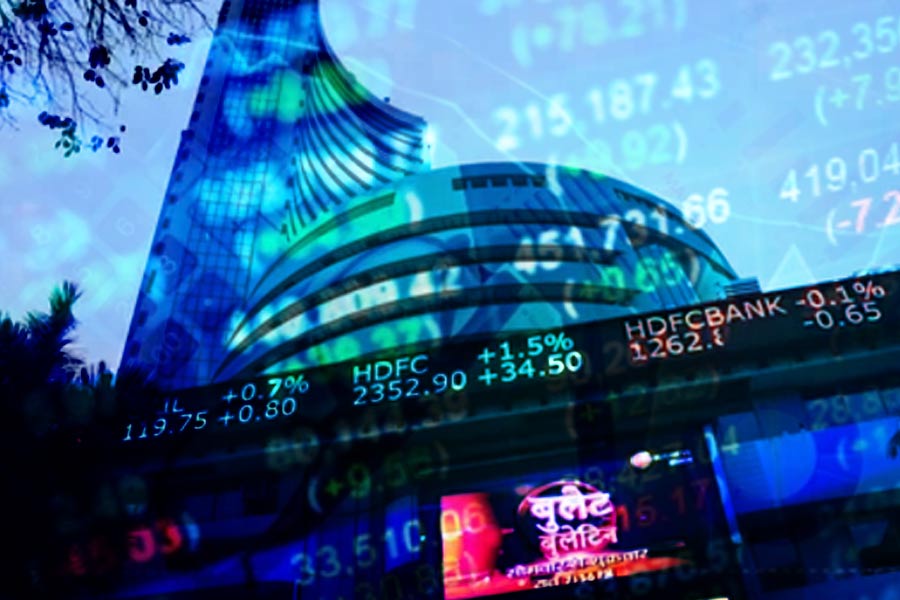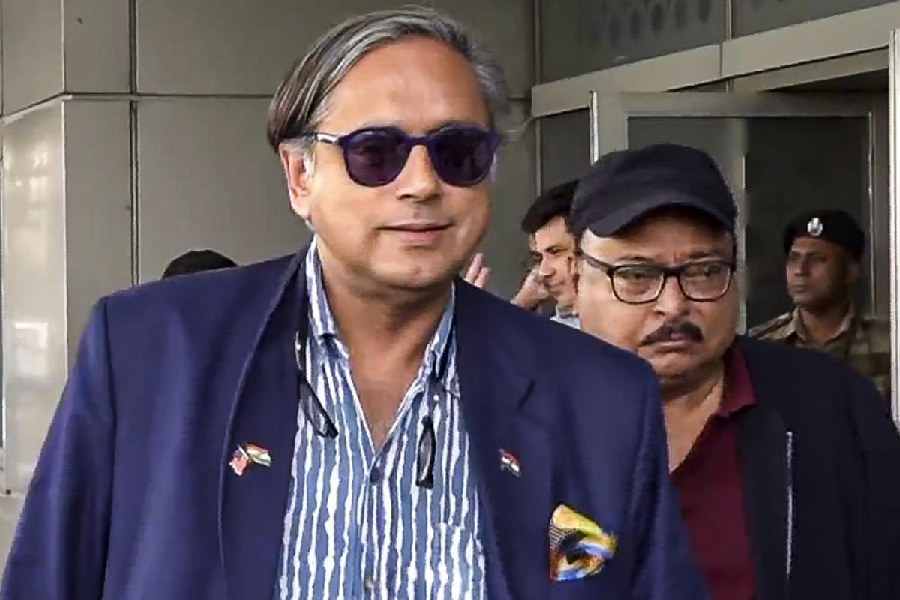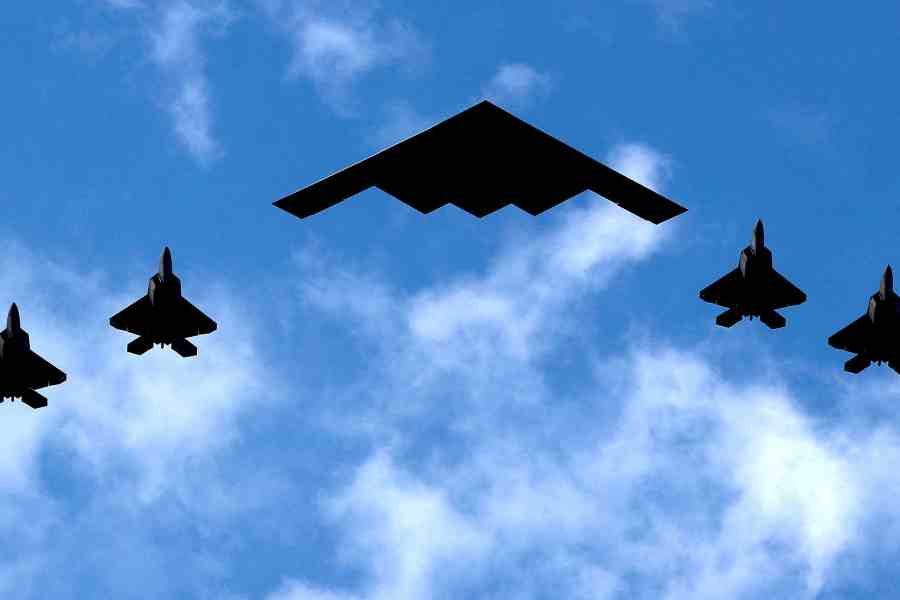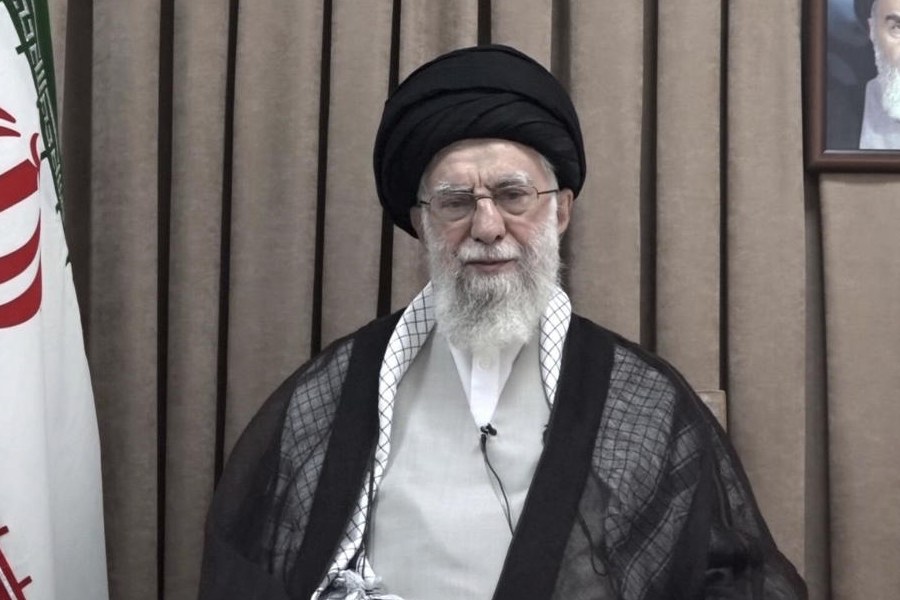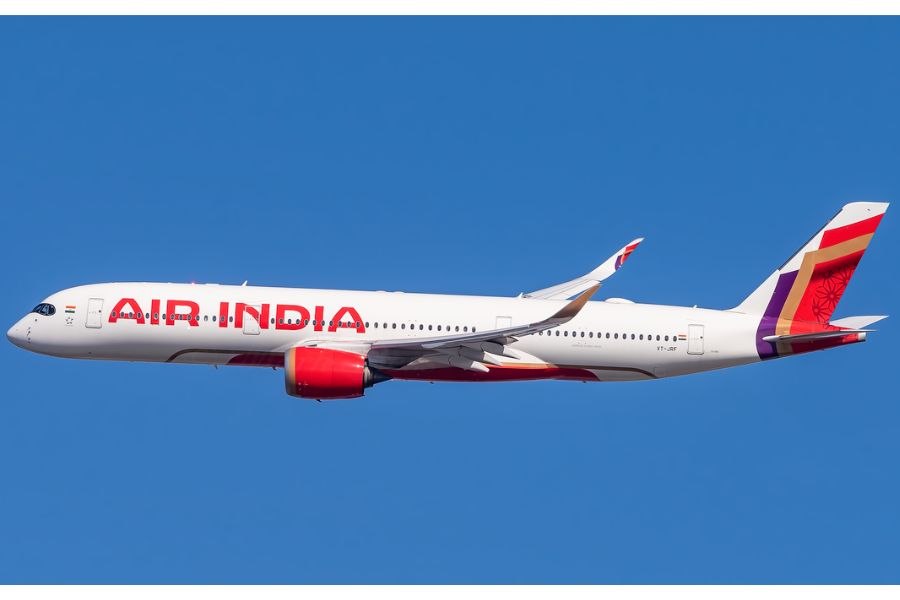|
|
Expectations and perceptions, as much as the reality of figures, are important for confidence in the economy. Since this new government came in, inflation has shown its first, albeit modest, fall recently. Foreign exchange reserves are again climbing. The rupee has resumed its erratic, but upward, march. Exports are booming. The monsoon is expected to adversely affect agricultural production by 10 per cent, but GDP growth this year will still be at a respectable 5.6 per cent, though down from the earlier expectations of 7 per cent. The government is confident that the rabi crop will be much better. Ample foodgrain stocks can ensure that there is no starvation. Industrial production continues to rise steadily. Capital goods production, new equity issues, rising domestic and foreign borrowings for investment, together show good growth. The long-term forecasts for industry are good. The over-capacity of the early Nineties now seems to have been used up, and industry is investing again. The stock market indices have reached record highs, but steadily, and without the fearsome jumps and falls of a few weeks ago. Corporate results for the third quarter that will be announced in October are expected to be very encouraging.
The same economic parameters that made India shine for the National Democratic Alliance are again positive. The irresponsible statements of the communists, now under better control, caused brief hiccups. Stock market and trucking agents, who pay little as taxes, reacted to the new service tax by striking work. The levies were fully justified but might have been more modest to start with. There was a brief setback to stock prices and the strike by the lorry associations resulted in a few weeks of rising inflation. They gave a fillip to price rises caused by the apparent failure of the monsoon and the unprecedented rise in oil prices.
Although things seem to be looking up, there is not the same confidence about the economic future. No doubt ministers in this government are overburdened with problems they have been unaccustomed to worrying about for many years: how to achieve peace with Pakistan, what to do about the dialogue with the Hurriyat in Kashmir and the developing Greek tragedy in Manipur, the shootings in the foot caused by trying to shove it into the mouth with Uma Bharti and V.D. Savarkar, the visible discomfort of the prime minister with having to rub shoulders in his cabinet with the likes of Laloo Yadav, the theatricals staged by irresponsible Punjab politicians in tearing up river-water agreements with neighbouring states. These crises could have been better handled than by aggressive rhetoric with Pakistan, no dialogue with Hurriyat and no ?give? to the Manipuris and the apparent hope that Umaji and Savarkar will just fade away along with Laloo and Amarinder Singh.
But such problems are not new for Indian governments and cannot just be wished away or dismissed with one-liners. The NDA, without professional economists running the government, understood that half-full glasses and half-empty ones are the same, and that perceptions of confidence are as important as the reality. The optimism exuded by their leaders and the president no doubt influenced these perceptions.
The lack of an optimistic spin on events, the visible burden of problems on key leaders in the government, the dispirited body language of the prime minister, the relative lack of visibility even of his usually more exuberant colleagues in finance and commerce, have all contributed to the decline in confidence as shown by the NCAER business confidence index.
The frequent pinpricks on government by emasculated communists, with a one-item, anti-West agenda, are an obvious cause. The unnecessary controversy about the composition of the consultative committees to the Planning Commission is another. The objectors have no qualms about seeking help from the same international agencies for their states or for personal benefits. Objections to one consulting firm against other more experienced ones might have been valid, but not their outright rejection.
The public row over foreign direct investment in telecom and insurance was also avoidable. ?Golden shares? that the government uses as vetoes on actions it disapproves of, mandatory inspections and advice and consent by the government of certain decisions by the companies could have negated the influence of majority shareholdings. Public confrontations triggered by the communists not only display poor coordination in the coalition but are also a build-up of alibis for a later withdrawal of support.
Having tired old men in key cabinet positions is a burden on this government. Some ministers (like the poor home minister) are plainly out of depth in their jobs and should never have been given them. They adversely affect confidence. Civil aviation gave the feeling that it was in competent hands but the actions are negative. Railways seems to be a hideout for jokers, what with Mamata and now, Laloo. It is not clear whether the agriculture minister has time or inclination for his ministry. The chasing of the chimera of reservation and book-burning in the human resource development ministry are not going to improve the conditions of the minorities. Health also appears not to be led by someone with time or the vision for it. This government is badly in need of a reshuffle in which able ministers are allowed greater visibility and freedom while some others are dropped or their portfolios changed.
The prime minister needs to be far more visible than he has been. One press conference does not transform his invisibility. As the leader of the government, his frequent and positive presence is essential for expectations to improve. The president must also not hold back, as he seems to have done, his constant exhortations that India is a great country, that we will be a developed nation by 2020 and that India can do it.
Public investment was an important tool that the NDA used to revive the economy. Road development was its trump. This government does not seem to have yet got its act together on public investment. Railway investment is much Lalooist hot air. For a while it looked as if the large Air India and Indian Airlines fleet expansion, held up for bad reasons for over a decade, was going to move speedily. But it is not. The Bangalore airport project is again held up for fresh land acquisition imposed by defence.
Various investments in mass rapid transit in metropolitan cities are on hold. Electricity investments are slowing down because of doubts about distribution privatization. The government is dithering on investment decisions, and this does not augur well for either improving confidence or for the future of the economy.
Meanwhile the Planning Commission has proposed using foreign exchange reserves to finance infrastructure investment, at the same time as the cash reserve ratio has been increased by the Reserve Bank to squeeze some excess liquidity out of the system and control inflation. Using foreign exchange reserves will mean adding to liquidity. Instead, why can?t the government permit provident fund moneys to be used for infrastructure, at least to a limited extent?
Investments in power receive guaranteed and high returns on equity. The investment could initially go to low-risk projects as in transmission, captive generation, metering, oil and gas pipelines, LNG terminals, toll roads, urban mass rapid transit, and so on. This could help resolve two problems ? of funds and enabling provident funds to earn more and maintain high returns as insisted by the communists.
Only the political and government leadership can, through its words, deeds and manner, improve confidence and bring about growth and give that ?shining? feeling. Let us not knock feelings and expectations. They must be as much a part of a strategy for economic revival as pro-poor programmes.



